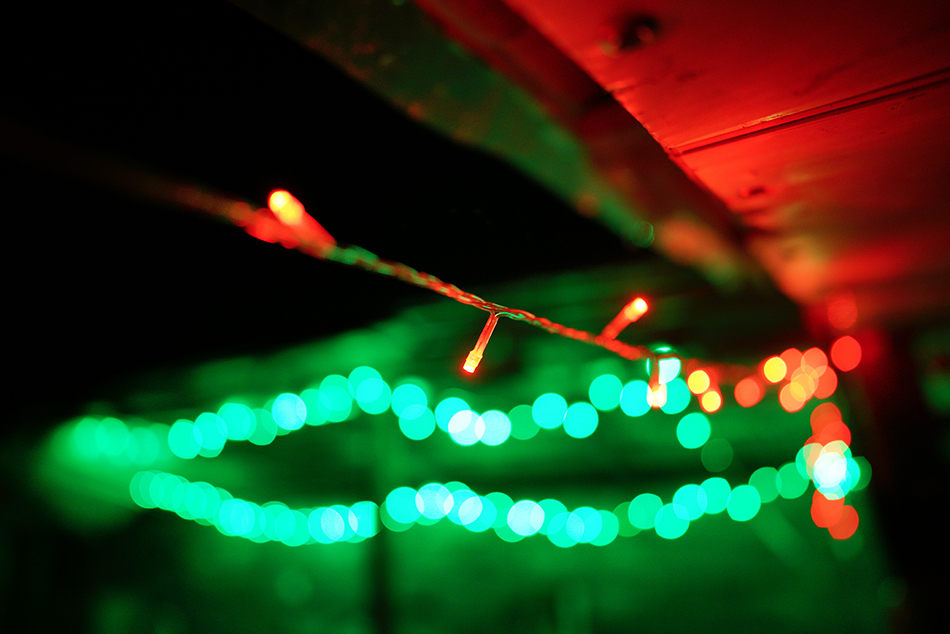Time:2025-05-13
Aquarium lighting is more than a decorative element—it is vital for the health of aquatic life, plant growth, and the visual appeal of underwater environments. Waterproof tiny mini neon strips have emerged as a revolutionary solution, blending durability, safety, and versatility to meet the unique demands of freshwater, saltwater, and reef tanks. This article explores their specialized design, ecological benefits, and transformative role in modern aquarium care.
Engineering for Aquatic Environments
Submersible Durability:
Designed with advanced waterproof sealing, these neon strips withstand prolonged submersion without corrosion or electrical failure. Their encapsulation resists saltwater corrosion, chlorine exposure, and algae buildup, ensuring longevity in diverse tank conditions.
Low-Heat Emission:
Unlike traditional aquarium lights, the low thermal output of neon strips prevents overheating, maintaining stable water temperatures critical for sensitive species like coral or tropical fish.
Eco-Safe Materials:
Non-toxic, fish-friendly silicone and coatings ensure no harmful chemicals leach into the water, aligning with aquatic safety standards.
Benefits for Aquatic Life and Aesthetics
Enhanced Plant and Coral Growth:
Emit optimal light spectra (actinic blue and full-spectrum white) to support photosynthesis in aquatic plants and zooxanthellae in corals.
Adjustable intensity mimics natural daylight cycles, promoting healthy circadian rhythms in fish and invertebrates.
Visual Appeal and Customization:
RGB options create mesmerizing underwater landscapes, from serene moonlit blues to vibrant sunset hues.
Highlight tank features like driftwood, rock formations, or bubbling ornaments with precision lighting.
Safety and Energy Efficiency:
Low-voltage operation reduces risks of electrical hazards in humid environments.
Energy-saving LEDs lower power consumption by up to 50% compared to metal halide or fluorescent systems.

Installation and Maintenance Best Practices
Seamless Integration:
Flexible strips adhere to tank rims, substrate borders, or backdrops using waterproof adhesives or magnetic mounts (for external use).
Use silicone sealant for permanent underwater placement, ensuring no gaps for water ingress.
Smart Control Systems:
Bluetooth-enabled apps adjust color, brightness, and timing to simulate dawn/dusk cycles or storm effects.
Automated schedules reduce manual intervention, ideal for busy aquarists.
Maintenance Tips:
Periodically inspect seals for wear and clean lenses with a soft cloth to prevent algae obstruction.
Avoid abrasive cleaners; use aquarium-safe tools to preserve waterproof integrity.
Applications Across Aquarium Types
Freshwater Tanks:
Illuminate planted tanks to accentuate carpeting plants like Hemianthus callitrichoides or floating species like Amazon frogbit.
Create dynamic environments for cichlids or bettas with color-shifting backgrounds.
Saltwater and Reef Tanks:
Support coral health with actinic lighting that enhances fluorescence in Acropora or Zoanthids.
Simulate tidal glow effects for nocturnal species like shrimp or cardinalfish.
Nano and Pico Tanks:
Compact size fits miniature setups (5–10 gallons), providing targeted lighting without overwhelming small spaces.
Competitive Advantages Over Traditional Lighting
Versus Fluorescent Tubes:
Slimmer profile allows discreet placement without bulky hoods.
Directional lighting reduces wasted energy and focuses on specific tank zones.
Versus LED Panels:
Flexible strips conform to curved or irregular tank shapes, offering design versatility.
Lower heat output minimizes evaporation and cooling costs.
Versus Incandescent Bulbs:
Longer lifespan (50,000+ hours) reduces replacement frequency and maintenance costs.
Sustainability and Eco-Conscious Design
Recyclable Components:
Silicone and aluminum parts are fully recyclable, supporting eco-friendly aquarium practices.
Energy-efficient operation aligns with green certifications like ENERGY STAR.
Solar Compatibility:
Pair with solar-powered controllers for off-grid or sustainable aquarium setups.
Future Innovations in Aquarium Lighting
Biometric Feedback Systems:
Emerging tech could adjust lighting based on real-time water quality metrics (pH, temperature).
AI-Driven Ecosystems:
Machine learning may optimize light spectra and schedules based on species-specific needs.
Holographic Effects:
Project dynamic underwater scenes (e.g., moving shadows, schooling fish) via integrated holograms.
Conclusion
Waterproof tiny mini neon strips for aquariums represent the future of aquatic lighting, merging science and artistry to foster thriving ecosystems. Their waterproof resilience, ecological safety, and customizable features make them indispensable for hobbyists and professionals alike.
For cutting-edge lighting that harmonizes with aquatic life, explore TTKLED’s AquaNeon Series, engineered to illuminate your underwater world responsibly.